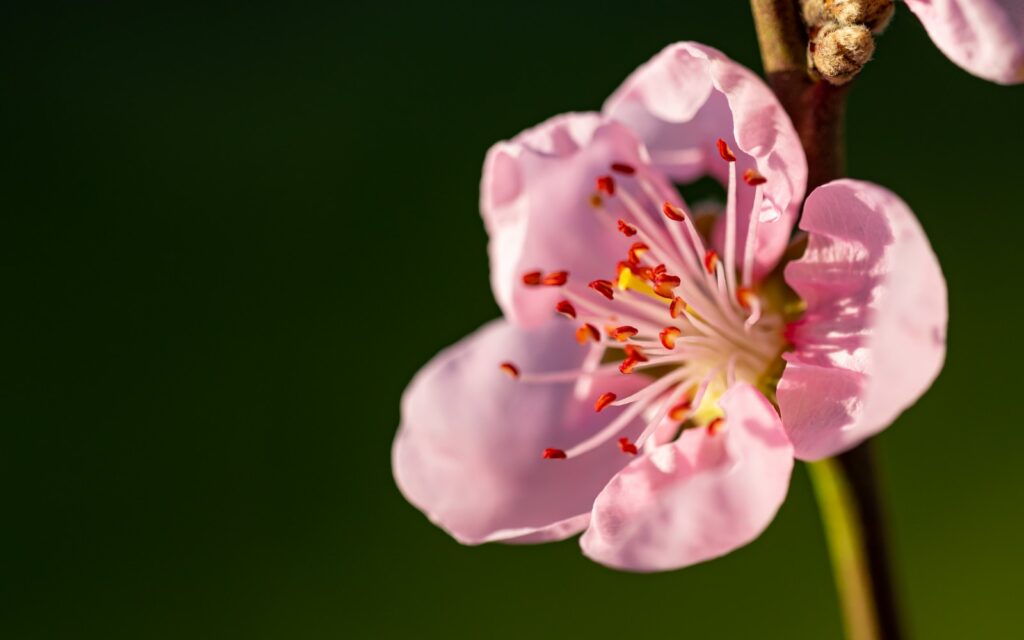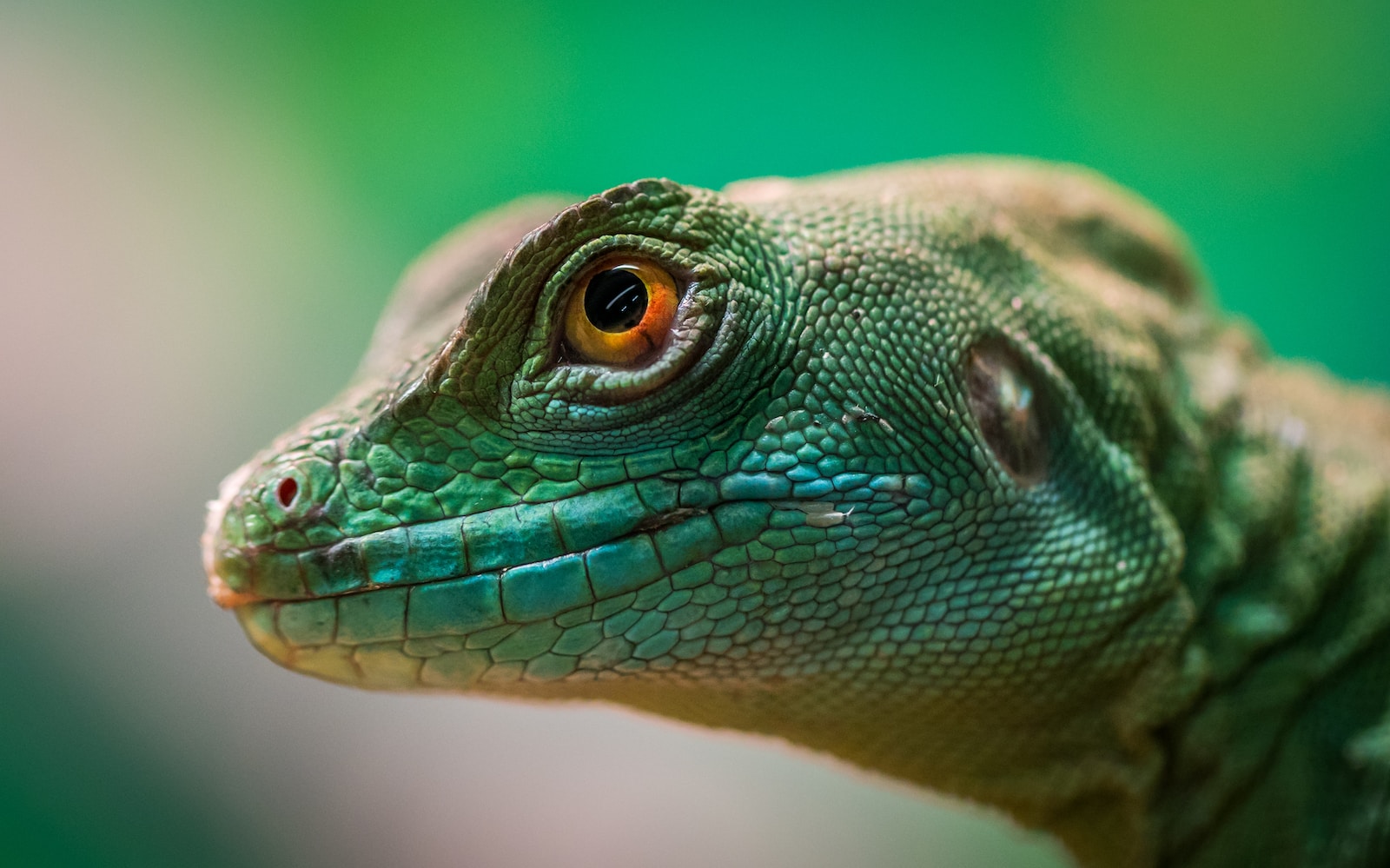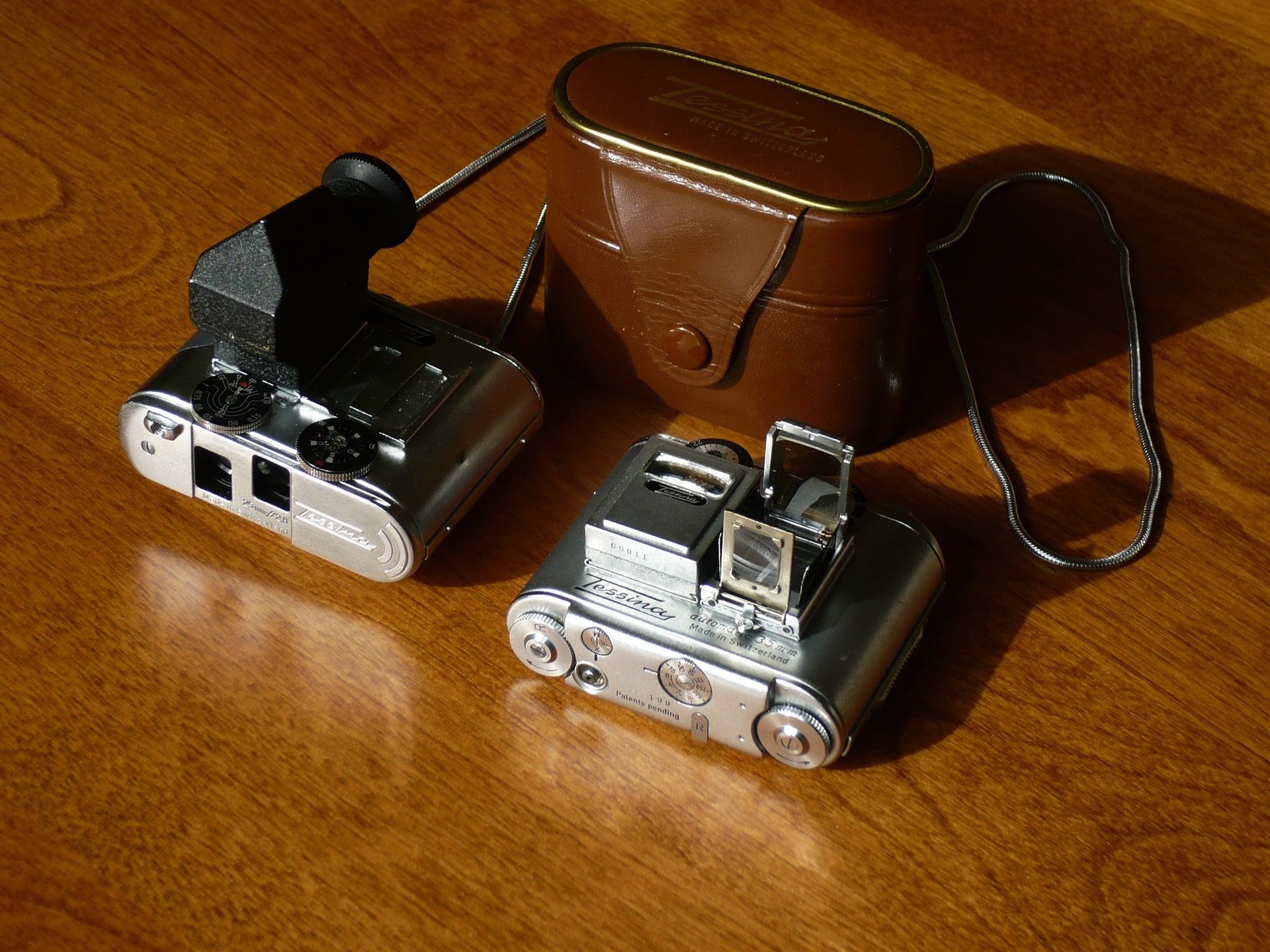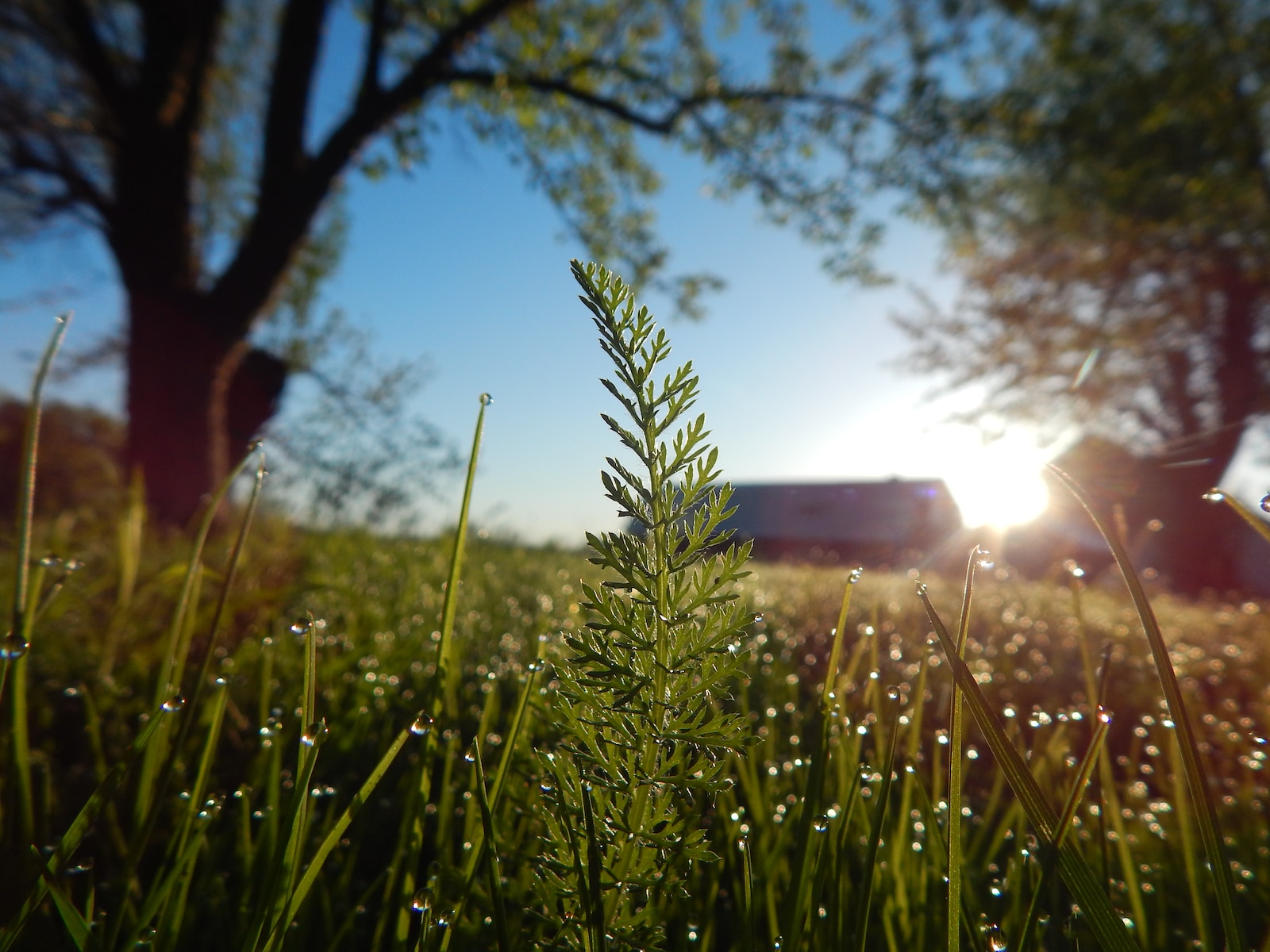Welcome to my blog, where we will delve into the fascinating world of macro photography. If you have ever been captivated by the intricate details of nature up-close, you are in the right place. In this blog, we will explore everything from choosing the perfect subject to mastering depth of field and composition. Whether you are a beginner or an experienced photographer, join me as we unlock the secrets to mastering macro photography and taking your close-up shots to the next level.
Table of Contents
Choosing the Perfect Subject
When it comes to macro photography, the subject you choose can make all the difference. Look for interesting objects or creatures that have intricate details and textures. Flowers, insects, and everyday objects like water droplets or feathers can all make excellent subjects for macro photography. Remember to pay attention to lighting and colors to make your subjects truly stand out.
Understanding Depth of Field
Depth of field (DOF) is a crucial element in macro photography. It refers to the area in your image that is in sharp focus. Achieving a shallow DOF can help you isolate your subject and create stunning, blurred backgrounds that emphasize the details in your close-up shot. Experiment with aperture settings and learn how to control DOF to add depth and dimension to your macro photographs.
Mastering Composition for Macro Shots
Composition plays a vital role in any form of photography, including macro. To create visually appealing macro shots, apply the rule of thirds, leading lines, and symmetry. Experiment with different angles and perspectives to add interest and balance to your compositions. Don’t be afraid to get creative and incorporate negative space or use the natural surroundings to enhance your subject.
Lighting Techniques for Macro Photography
Lighting is key in macro photography as it can greatly impact the overall mood and quality of your shots. Natural lighting, such as early morning or late afternoon sunlight, can provide soft and flattering illumination. Experiment with diffusers, reflectors, or even artificial lighting sources like LED panels to control the intensity and direction of light. Understanding how to manipulate lighting will help you capture stunning macro images.
Equipment and Gear
While you can achieve remarkable macro shots with just a basic camera and lens, having the right equipment can enhance your results. Invest in a macro lens with a suitable focal length to capture fine details. A tripod will also prove invaluable in stabilizing your shots, particularly when working with smaller subjects or in low-light conditions. Discover various macro photography accessories and tools that can take your close-up photography to the next level.
Post-Processing for Macro
After capturing your macro photographs, it’s time to bring them to life through post-processing. Learn how to enhance colors, adjust levels, and sharpen details to make your macro shots truly shine. Explore different software options like Adobe Lightroom or Capture One to fine-tune your images and achieve the desired results without compromising on the original details you captured.
Did you know that some macro lenses can magnify subjects up to 5 times their actual size?
Mastering Macro Photography: Getting Up-Close
Welcome to the world of macro photography! If you’re looking to capture minute details, explore captivating textures, and reveal unique perspectives, macro photography is your ticket. In this guide, we will delve into the art of getting up-close and personal with your subjects, and I will share some valuable tips and techniques to help you master this fascinating genre.
Choosing a Suitable Subject
The first step in macro photography is finding the right subject. Look for interesting textures, intricate patterns, or vibrant colors that will stand out when magnified. Flowers, insects, water droplets, and everyday objects like buttons or coins make great subjects for capturing close-up details.
When selecting your subject, try to find one that fits your composition vision and tells a story. For instance, capturing the delicate intricacies of a butterfly’s wing can evoke a sense of fragility and beauty.
Mastering Depth of Field
Depth of field (DOF) plays a crucial role in macro photography. It determines how much of your subject is in sharp focus and how much appears blurry. By understanding and controlling DOF effectively, you can create striking images with a three-dimensional feel.
To achieve a shallow DOF and isolate your subject from the background, use a wide aperture (small f-number). This will create a beautiful bokeh effect, where the background blurs into soft, out-of-focus blobs while keeping your subject clear and sharp.
Conversely, for images that require a greater depth of field, such as capturing the intricate details of a flower from front to back, use a smaller aperture (higher f-number) to increase the zone of sharpness. However, be mindful of potential diffraction effects that may occur with very small apertures, as they can reduce image sharpness.
Composition Tips for Macro Photography
Composition plays a vital role in any photograph, and macro photography is no exception. Here are some composition tips to enhance your macro images:
- Rule of Thirds: Apply the rule of thirds by placing your subject off-center to create a more balanced and visually appealing composition.
- Leading Lines: Utilize leading lines to guide the viewer’s eye toward your subject or create depth within the frame.
- Negative Space: Embrace negative space around your subject to make it stand out and evoke a sense of simplicity and minimalism.
- Diagonals and Curves: Incorporate diagonal lines and curved shapes to add dynamism and visual interest to your composition.
Remember, practice makes perfect. Experiment with different compositions and angles to find what works best for your chosen subject and the story you want to convey.
Now that you have learned some essential tips and techniques for macro photography, it’s time to grab your camera and venture into the fascinating world of close-up photography. Remember to keep refining your skills and always stay curious, as each macro adventure presents new opportunities to capture awe-inspiring details.

Frequently Asked Questions
What is macro photography?
Macro photography is a technique where you capture extreme close-up images of small subjects, revealing details that may go unnoticed by the naked eye. It allows you to capture intricate textures, patterns, and colors.
What equipment do I need for macro photography?
To get started with macro photography, you will need a digital camera with manual settings, a macro lens, and a tripod. Additionally, you may consider using extension tubes or close-up filters to achieve greater magnification.
How do I choose a suitable subject for macro photography?
Look for subjects that have interesting textures, patterns, or details. Insects, flowers, and small objects like jewelry or coins make great macro subjects. Experiment with different subjects to find what interests you the most.
What is depth of field, and how can I master it in macro photography?
Depth of field refers to the area in your photo that appears in sharp focus. In macro photography, depth of field can be extremely shallow due to the close distance to the subject. To control depth of field, use a smaller aperture (higher f-number) and focus carefully on the most important part of your subject.
What are some composition tips for macro photography?
When composing your macro shots, consider the rule of thirds to create balance and visual interest. Pay attention to the background and ensure it doesn’t distract from your subject. Experiment with different angles and perspectives to bring unique perspectives to your macro photographs.
Wrap Up
In conclusion, mastering macro photography is all about getting up-close and personal with your subject. By understanding the fundamentals of depth of field, composition tips, and choosing the right subject, you can capture stunning and detailed images that showcase the intricate beauty of the world around us.
Remember to experiment with different angles and perspectives to create visual interest and draw the viewer’s eye. Don’t be afraid to get creative and think outside the box.
If you have any questions or want to share your own experiences and tips on macro photography, please leave a comment below. Let’s continue the conversation and inspire each other to become masterful macro photographers!


